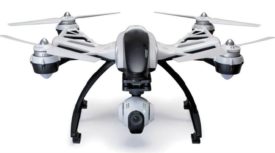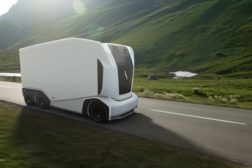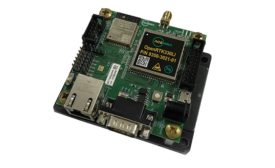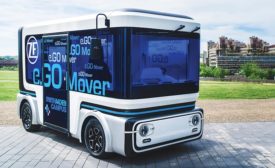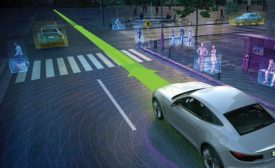Autonomy
Autonomous Vehicles go Beyond the Blacktop
Autonomous off-highway vehicles are a growing presence around the globe, from Norwegian mines to Brazilian sugar cane fields, and while limited access sites foster more controllable environments, rough and tumble usage raises a host of other challenges.
September 14, 2020
Autonomous vehicle opportunities and challenges
Recent industry developments are looking to save lives, reduce injuries, and spread mobility equitably, but education—of developers and consumers—is one important element to AV technology development and adoption.
September 10, 2020
Driven by data
The twin technologies of big data and machine technology will have to work together in order to propel autonomous vehicle development forward, and industry players from automakers to chipmakers are gearing up for a long and winding road.
September 10, 2020
Never miss the latest news and trends driving the manufacturing industry
Stay in the know on the latest assembly trends.
JOIN TODAY!Copyright ©2025. All Rights Reserved BNP Media.
Design, CMS, Hosting & Web Development :: ePublishing


